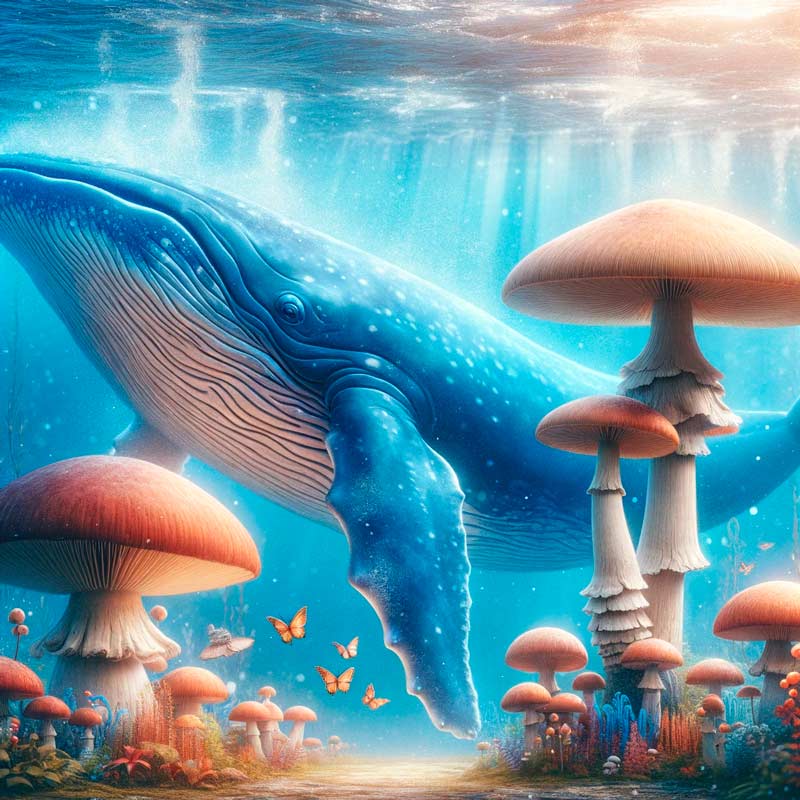Unveiling the World’s Largest Organism – A Fungus Among Us
A Giant Among Us
When we think of the largest organism on Earth, our minds often wander to the majestic blue whale, gliding through the ocean depths. However, a remarkable discovery in eastern Oregon challenges this notion with something seemingly mundane yet astoundingly vast – a fungus.
Nestled in Oregon’s Blue Mountains lies an extraordinary organism that occupies an area of 2,384 acres, roughly equivalent to 1,665 football fields or nearly four square miles. This massive fungus, identified as Armillaria ostoyae, holds the title of the world’s largest known organism, surpassing the blue whale in sheer size.


The Discovery
The discovery of this fungal giant in 1998 by a team of forestry scientists was a groundbreaking event. Researchers used innovative techniques like pairing fungal samples in petri dishes and DNA fingerprinting to map out this colossal organism’s extent. Armillaria ostoyae, which causes root disease in conifers, thrives by extending rhizomorphs – shoestring-like structures – across vast distances.
A Strange and Ancient Lifeform
Estimated to be between 2,400 and 8,650 years old, this fungus presents a unique form of life. Biochemist Myron Smith describes the Armillaria individual as a network of hyphae, collectively known as mycelium, with an indefinite shape and size. This highlights the unusual and fascinating nature of fungal organisms.

Honey Mushrooms: A Sweet Surprise
Interestingly, all fungi in the Armillaria genus are known as honey mushrooms due to their yellow-capped, sweet fruiting bodies. Some varieties, like the massive Armillaria bulbosa discovered in Michigan, are celebrated annually at a local fungus fest.
Rethinking What Constitutes an Organism
This discovery has sparked discussions about what defines an individual organism. According to biology professor Tom Volk, an organism is a set of genetically identical cells that are in communication, coordinating for a common purpose. This definition comfortably includes both the blue whale and the enormous fungus.
The Fungus Among Us
The discovery of this humongous fungus reminds us of the often-overlooked wonders in our natural world. As Volk suggests, such giant fungi may not be as rare as we think. They challenge our understanding of life and its myriad forms, urging us to look beyond the obvious to uncover the extraordinary secrets of our planet.
